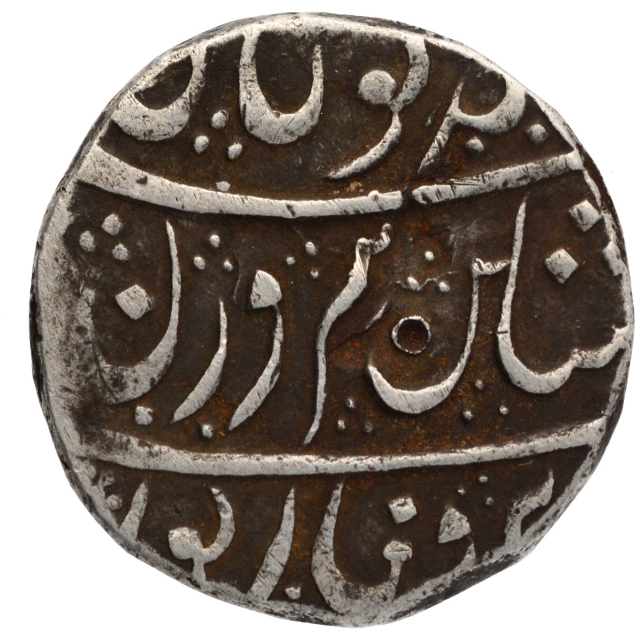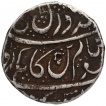This Lot is closed.
- P-Auction # 28
- Bids: 0
- Views:942
| Start Price 110000 | Estimated Price 110000-150000 |
| login, to view Hammer value | |
| Quick Description | ||||
|---|---|---|---|---|
| Denomination | Rupee 01 | Mint | Bombay | |
| Metal | Silver | |||
| Full Description: Bombay Presidency, Bombay Mint, Silver Rupee, In the name of King Charles II(1665 - 1685) and Queen Catherine of England, With persian legend on both sides and mint name Bombai on top of reverse, 11.42g, 23.5mm, (Ref # P. P. Kulkarni article in "A Journey from Bombaim to Mumbai"), about very fine, test marks, with original patina, Extremely Rare. This coin is widely believed to have been struck during Charles II’s reign at Bombay in 1763. The Persian legends on both sides have not been read successfully though it has great resemblance with that of the Rupees of James II, William and Queen Mary. The earliest East India Company coinage bearing Persian inscriptions began to circulate during the time of Charles II. In 1763, Martin Folkes reported that “the English Merchants trading in the East Indies struck silver money in India for the use of their factory at Bombaim. Of these he had seen the Anglina, Pax Deo and a third sort of rupee which had again only the Company’s arms on the one side and Arabic or Indian characters on the other.” Pridmore says that the Surat Council’s comment upon the inscription ‘Charles the second, King of England’ perhaps indicates that while the obverse was the normal Anglina type, the reverse was inscribed in Persian with that above inscription. The above coin has Persian inscriptions on both sides. In 1681, a pirate named Henry Bridgeman (also known as Every) attacked and captured a ship called the Ganj-e-Sawai carrying a cargo of 6 Lakh Rupees and many people returning from the Haj. His capture of the ship and abuse of the people aboard outraged the Indian Princes on the Western Coast. Mughal chronicler Khafi Khan recorded: “This loss was reported to Aurangzeb, and the newswriters of the port of Surat sent some rupees which the English had coined at Bombay, with a Superscription containing the name of their impure King. Aurangzeb then ordered that the English factors who were residing at Surat for commerce should be seized. Orders were also given to Itimad Khan, superintendent of the Port of Surat, and Sisi Yakut Khan, to make preparations for besieging the fort of Bombay. | ||||


